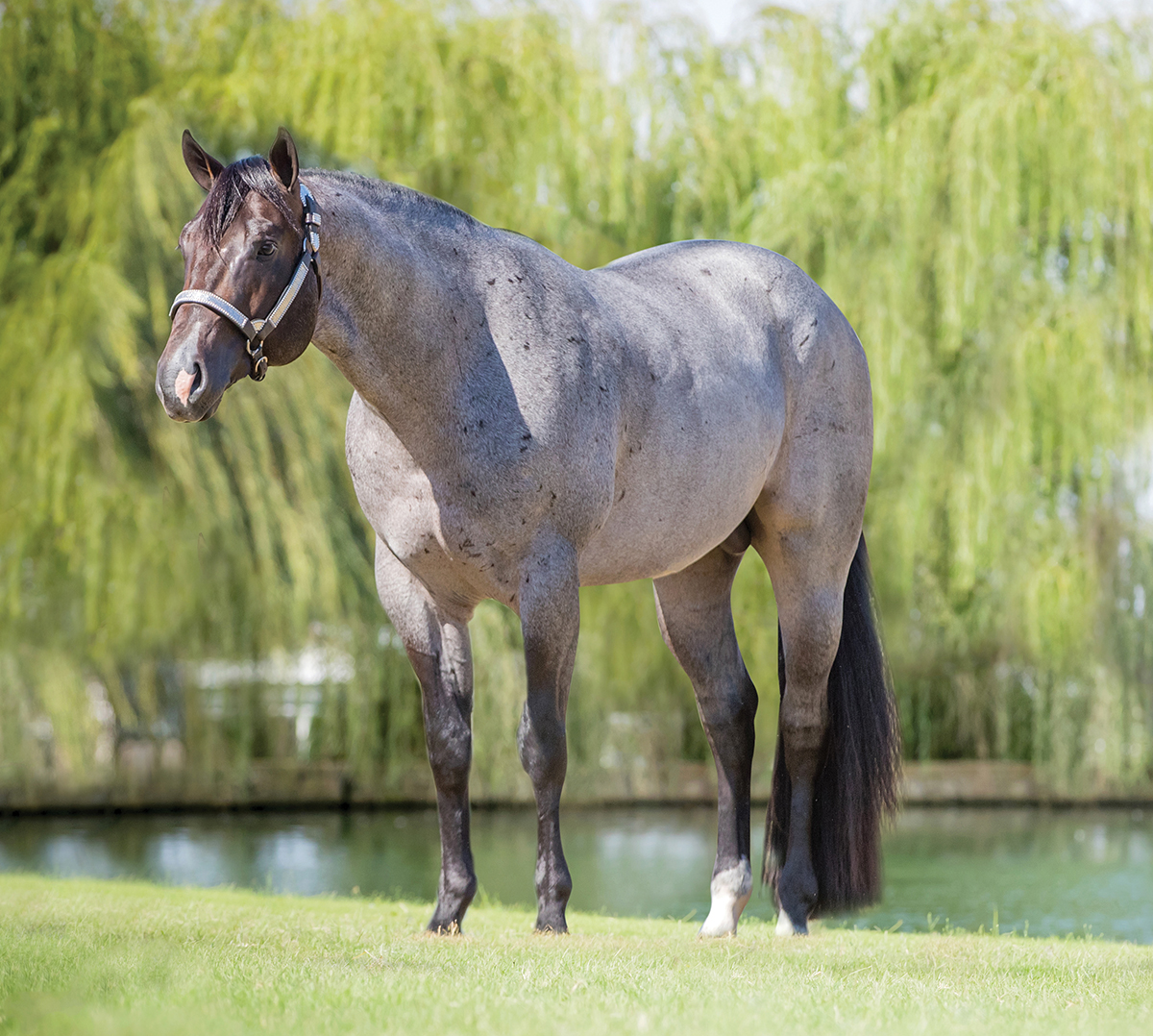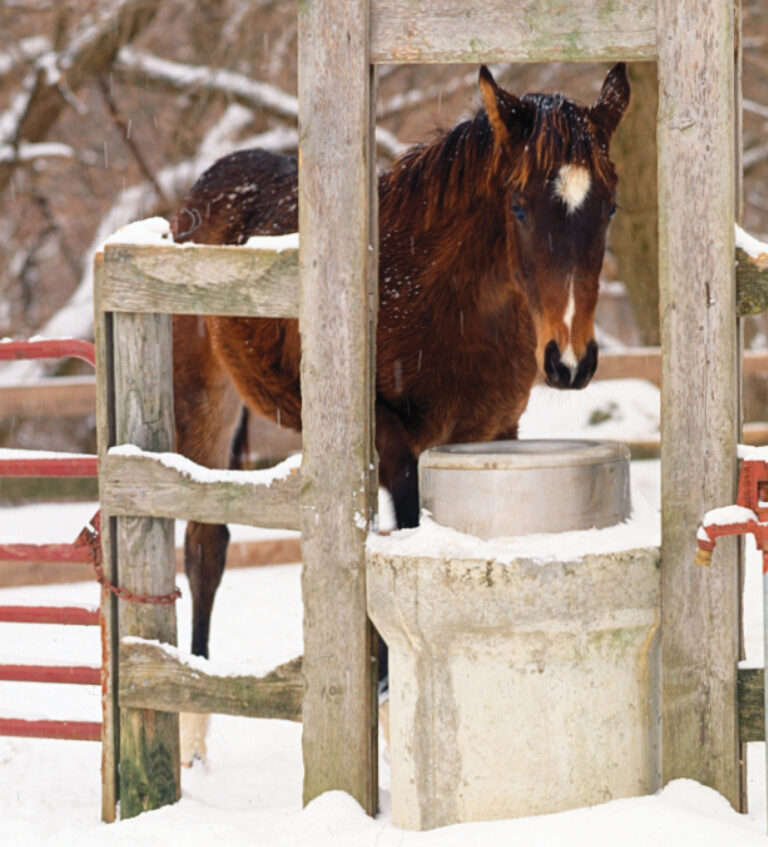
Common equine skin problems can make a horse miserable and lead to complications. Call your vet if you suspect any of the following skin issues in your horse.
[READ: Summer Equine Skin Problems]
Bumps & Scabs
Rain rot (or rain scald), common in warm, moist conditions, results in small bumps, crust-like scabs, and/or matted tufts of hair that pull off easily. It’s caused by a microorganism that behaves like both bacteria and fungi. Your vet may recommend a broad-spectrum antimicrobial shampoo.
Scratches (or mud fever, pastern dermatitis) develops in muddy conditions. Bacterial and/or fungal microorganisms invade the skin of your horse’s lower legs, causing inflammation, swelling, itching, and scaly scabs. Antimicrobial shampoo and ointment, plus giving the horse a break from muddy footing, are common remedies.
Sweet itch results in small, itchy bumps that your horse rubs into weeping scabs, especially along the mane and on the tailhead. The cause is an allergy to the saliva of the Culicoides gnat (midges, “no-see-ums”) active in some areas at dawn and dusk in spring and summer. Non-irritating bug-repellent sprays and gnat-proof sheets help, plus your vet may prescribe corticosteroids and/or antihistamines.
Ringworm is a fungal infection causing roundish, hairless patches with crusty, scabby skin. Your vet may recommend an anti-fungal shampoo and ointment or lotion. Take care, as your horse can pass ringworm on to you.
Hives, soft welts just under the skin, are the end result of a complicated allergic response. Ask your vet about allergy testing, the best approach to dealing with this condition.
Skin Tumors
Sarcoids are the most commonly diagnosed tumor, with Quarter Horses frequently affected. Often appearing on the face, chest, groin, or legs, sarcoids can resemble proud flesh but take many other forms as well. Though not malignant, they can be fast-growing and disfiguring. You’ll need your vet to diagnose and treat a sarcoid; chemotherapy and/or surgery may be required.
Melanomas can resemble black bumps but have varying appearances. They occur commonly on or near the underside of the tail, or around the genitals, base of the ears, or eyelids. They’re most common in gray horses, especially those of Arabian or Thoroughbred blood (Quarter Horses are less affected). They may or may not be malignant; early detection can lead to successful treatment or surgery.
[READ ABOUT: Sarcoid Tumors]







